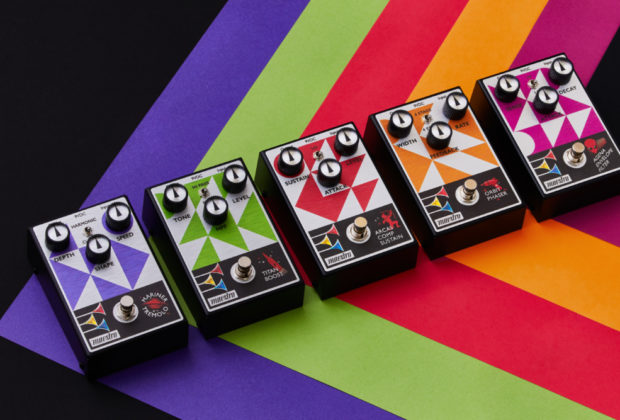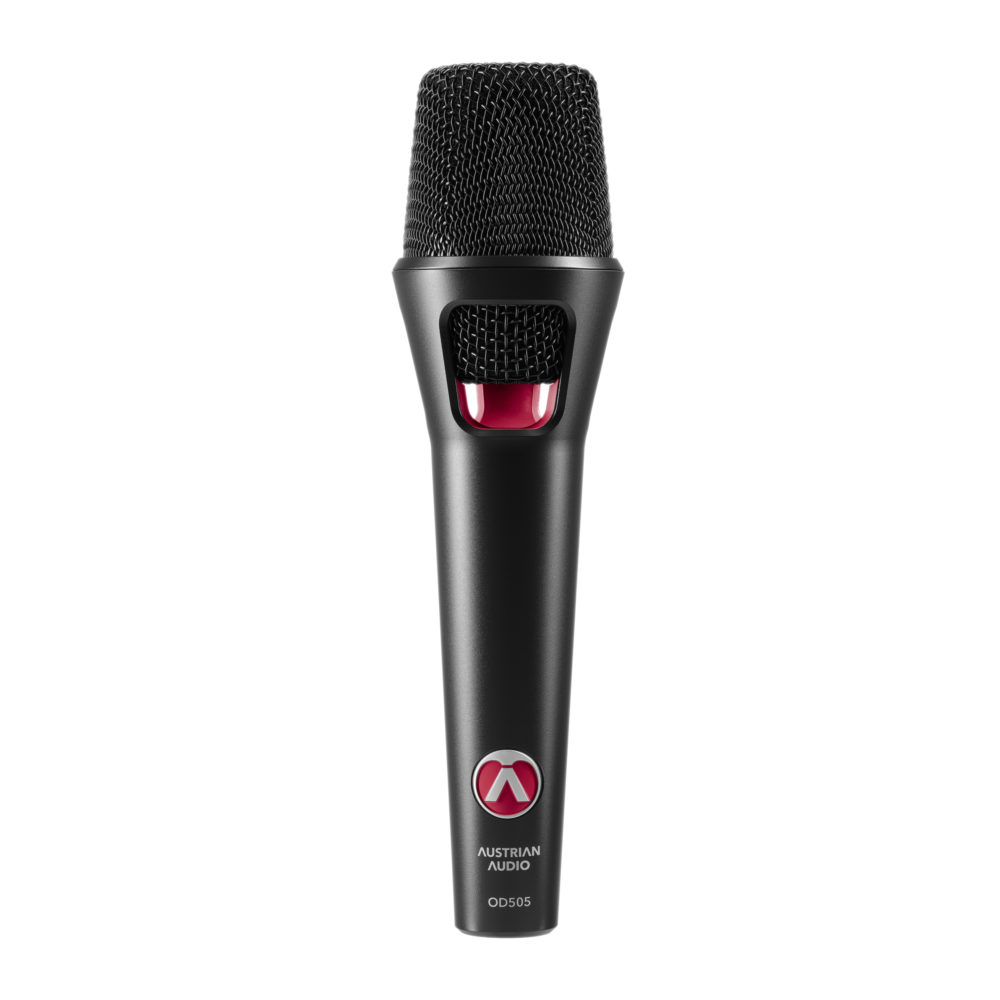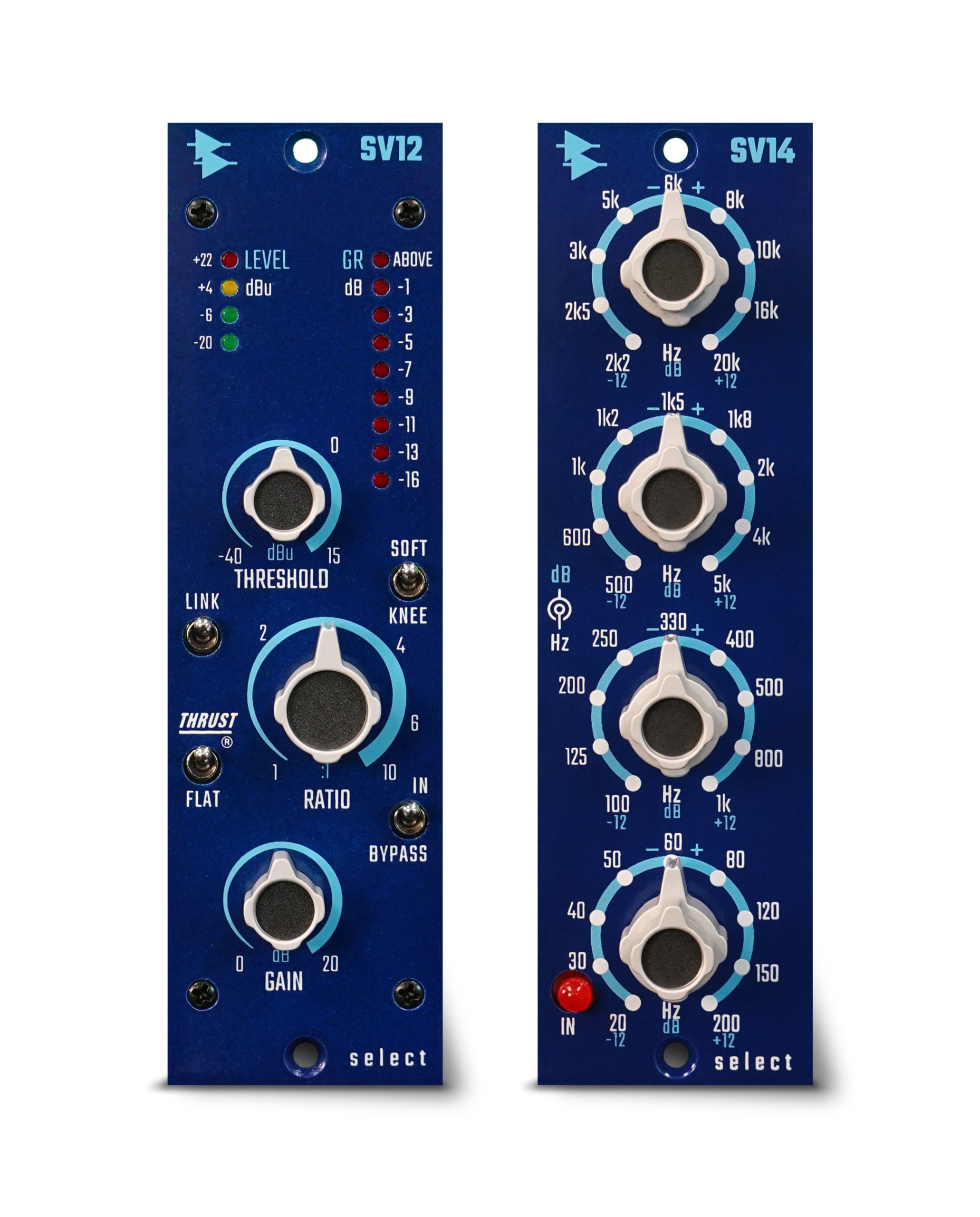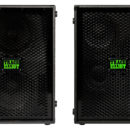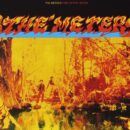Gibson’s Maestro brand started out with a line of accordion amplifiers as early as 1955. During the 1960s and 1970s, electronic musical instrument pioneers Tom Oberheim and later Robert Moog both worked for Maestro and had a hand in creating some of the world’s first commercially successful guitar effect pedals. The forerunners of the modern stomp box industry as we know it today, these effects included the world’s first commercially available fuzz box, compressor, envelope filter, tape delay, and phaser, as well as the world’s first guitar multi-effect unit. Gibson’s Maestro division continued to sell the pedals until 1979, when the brand was shuttered. That remained the case until last year when Gibson revived the Maestro brand with the release of five guitar effect pedals as part of the Maestro Original Collection.
Now, as a follow-up, Gibson’s Maestro division just announced five brand-new guitar effect pedals. The new pedals include the Orbit Phaser, Titan Boost, Mariner Tremolo, Arcas Compressor Sustainer, and Agena Envelope Filter. All five pedals are part of the Maestro Original Collection and are designed to deliver classic vintage tones updated with the modern features and flexibility that today’s guitar players require.
As with the previous range of Maestro pedals, all the new pedals in the series feature fully analog circuitry and true bypass switching. All five pedals share the same basic control layout with three rotary controls and a two-position toggle switch to select the special functions for each pedal. All five pedals share the same classic mid-century modern color scheme, vintage-styled knobs, and solid steel construction as were found on the first five pedals in the series. The three bugles of the Maestro Logo are LED backlit in red, yellow, and blue and are reminiscent of the color scheme found on the original Maestro effects from the 1960s. The pedals can run on a 9V battery or a 9VDC regulated power supply which is sold separately. The power switch for each pedal is incorporated into the input jack.
“The new range of Maestro pedals continues to bring modern recreations of some of the most iconic guitar effect pedals ever created.”
The Maestro Orbit Phaser pedal is a direct descendant of the very first phaser, the Maestro PS-1 Phaser. Designed by Tom Oberheim for Gibson back in the early 1970s to recreate the sound of a Leslie Speaker, the Maestro PS-1 and the later PS-1A was a commercial success and was heard on many classic records of the era, notably by Led Zeppelin’s John Paul Jones on “No Quarter.” Now updated for today’s players, the Maestro Orbit Phaser is an all-analog classic phaser effect. The two-position mini toggle switch selects between four or six stages of phase, which determines the overall amount of phase effect. The three controls―width, rate and feedback―determine the overall intensity and speed of the desired phasing effect. The feedback control emphasizes the amount of the vocal phase effect. The width control works in conjunction with the two-position mode control to fine-tune the overall phase effect. The Maestro Orbit Phaser pedal is available now for $149.
The Maestro Titan Boost pedal delivers 25dB of clean boost, which is enough to drive any tube amp into natural overdrive. Not just a clean boost effect, the Titan Boost gives you a whole palette of tone-shaping possibilities. The three onboard controls include tone, level, and a sweepable high-pass filter. The level control selects the boost level, while the toggle switch selects between high-pass and flat and works interactively with the sweepable high-pass filter control. The Titan Boost’s tone control also functions as variable low-pass filter. Three controls on the Maestro Titan Boost work together interactively, giving you a surprisingly diverse tonal pallet to help sculpt your tone. The Maestro Titan Boost pedal is available now for $159.
The new Maestro Mariner Tremolo is designed to allow you to dial-in classic amp-like tones reminiscent of early Fender optical tube tremolo circuits. The pedal offers two tremolo modes: harmonic and classic. The two-position mode switch allows you to select between a harmonic tremolo mode, which produces a high-low frequency amplitude rotation effect, and a full bandwidth amplitude modulation effect. In classic mode, you can you dial in smooth modulation, while the harmonic mode delivers a harder edge tremolo effect. The three knobs on the Mariner Tremolo control depth, speed, and the waveform shape of the overall tremolo effect from triangle to square. The Maestro Mariner Tremolo pedal is available now for $159.
The Maestro Arcas Compressor Sustainer pedal is designed for maximum versatility. The Arcas Compressor Sustainer pedal delivers studio-quality compression with two modes―high and low, which are selected via the two-position toggle switch. The Maestro Arcas Compressor Sustainer is designed to provide enough sustain and compression for just about any studio or stage situation. The three controls―sustain, level, and attack―are designed to work together to allow you to adjust the amount of compression, the overall output level, and the sensitivity to your pick attack. The Maestro Arcas Compressor Sustainer pedal is available now for $149.
Designed to bring on the funk, the new Maestro Agena Envelope Filter pedal is designed for optimized dynamic control. The pedal has three controls: sense, decay, and attack. The two-position toggle switch selects between high and low modes. The low mode setting focuses the filter frequency in a lower frequency range, the high mode emphasizes the higher range of the frequency spectrum. Use the three controls to dial in input sensitivity and how the effect reacts to your picking style. The Maestro Agena envelope filter peal is available now for $159.
The new range of Maestro pedals continues to bring modern recreations of some of the most iconic guitar effect pedals ever created. Gibson clearly has invested a lot of time to recreate the essence of the original effects but has updated them with modern features today’s players demand. Use the pedals individually or combine them to create your own unique tone palette. All five pedals are designed to deliver vintage tones and be easy to use but offer enough tonal flexibility to satisfy even the most experienced tone tweakers.
Find out more at maestroelectronics.com/en-US

